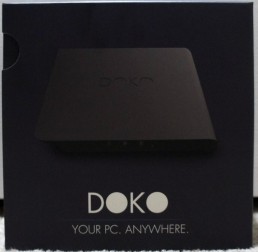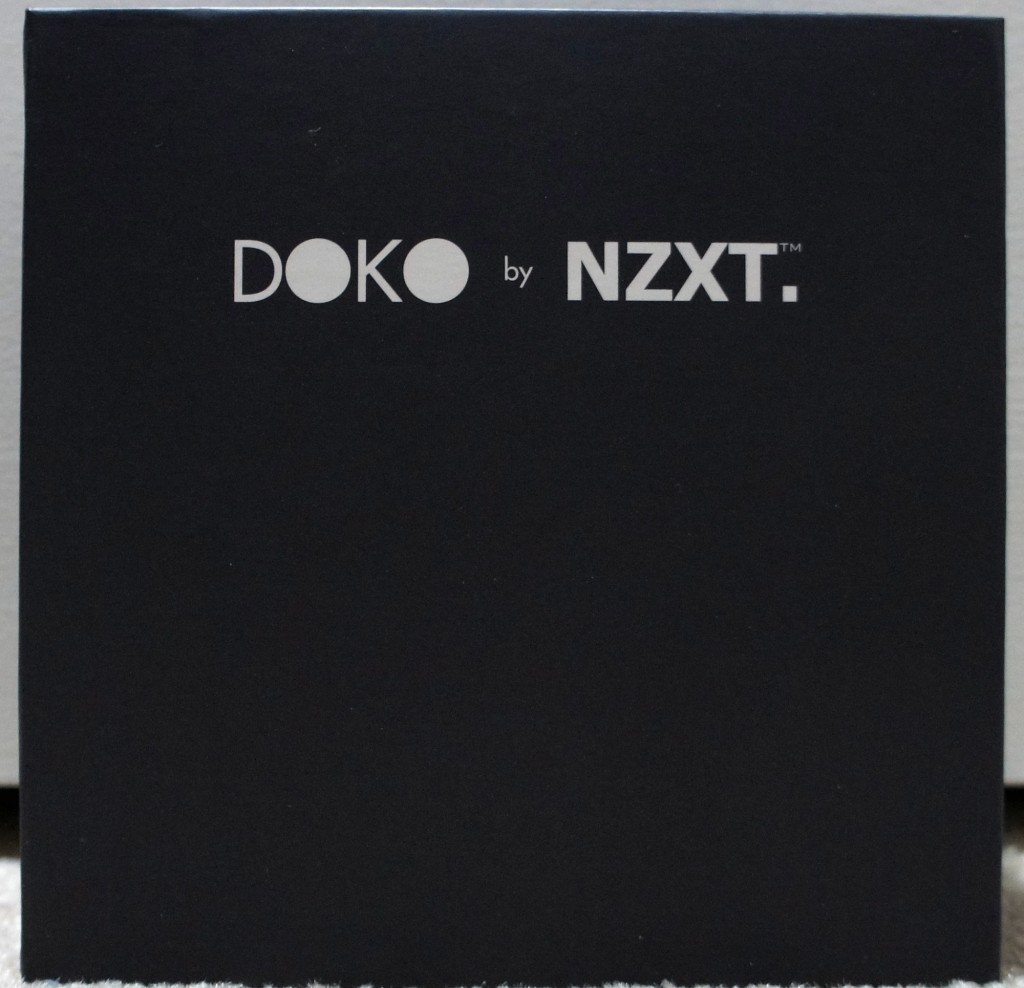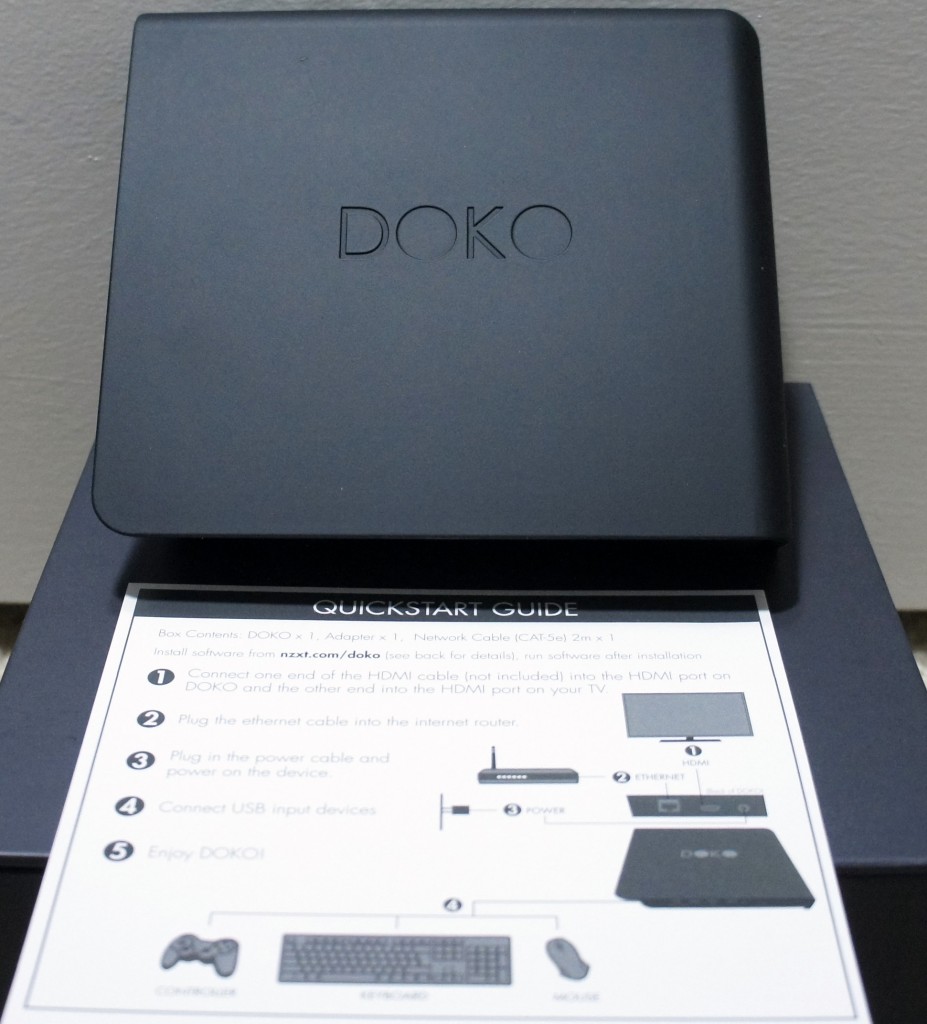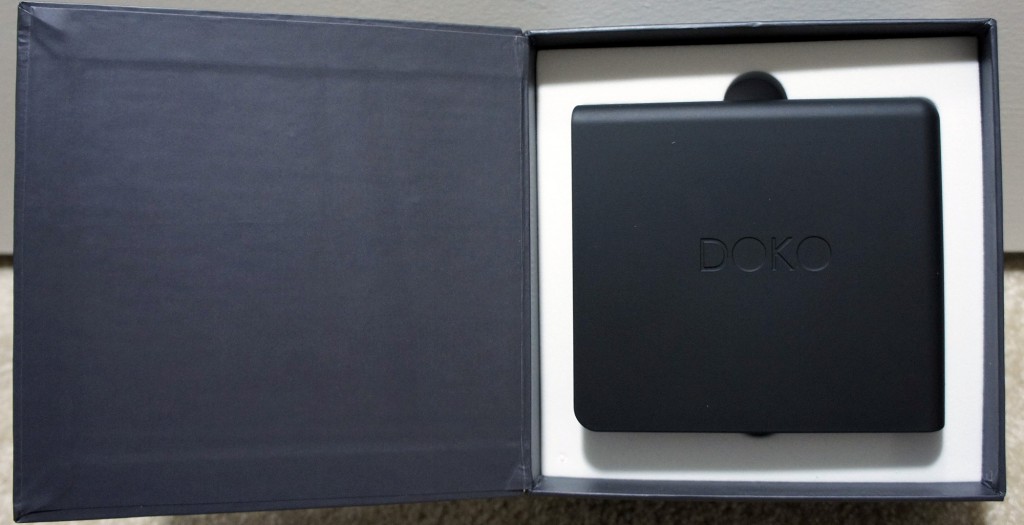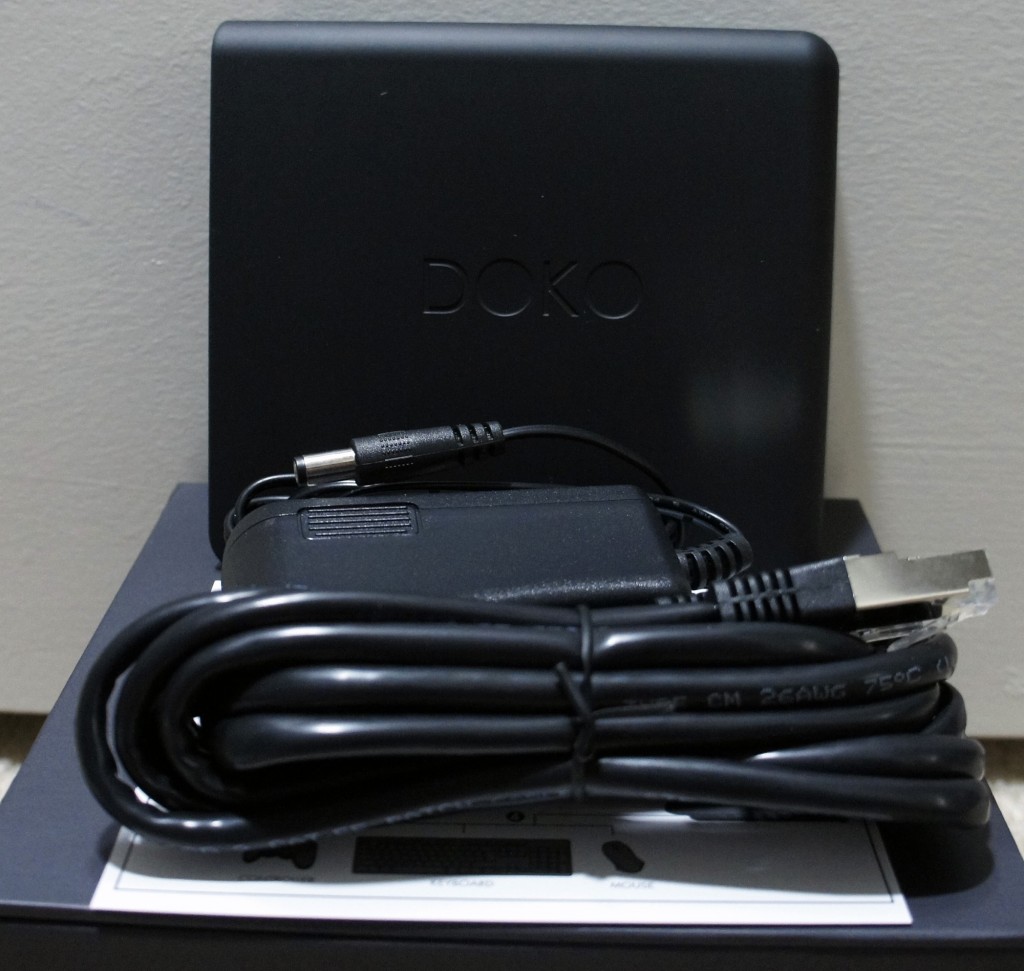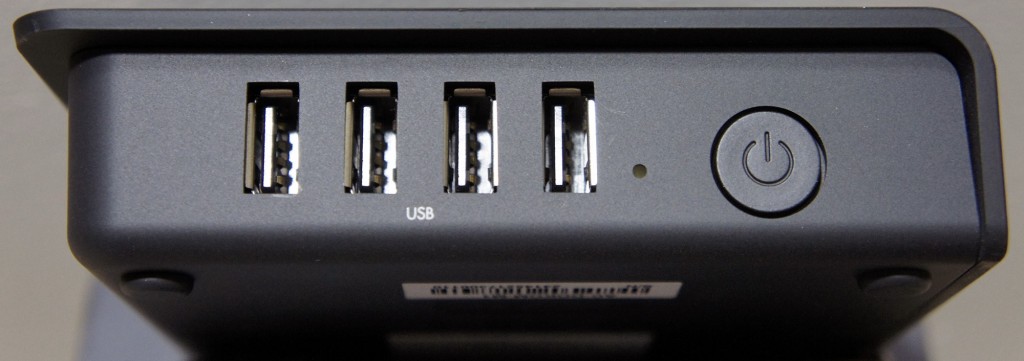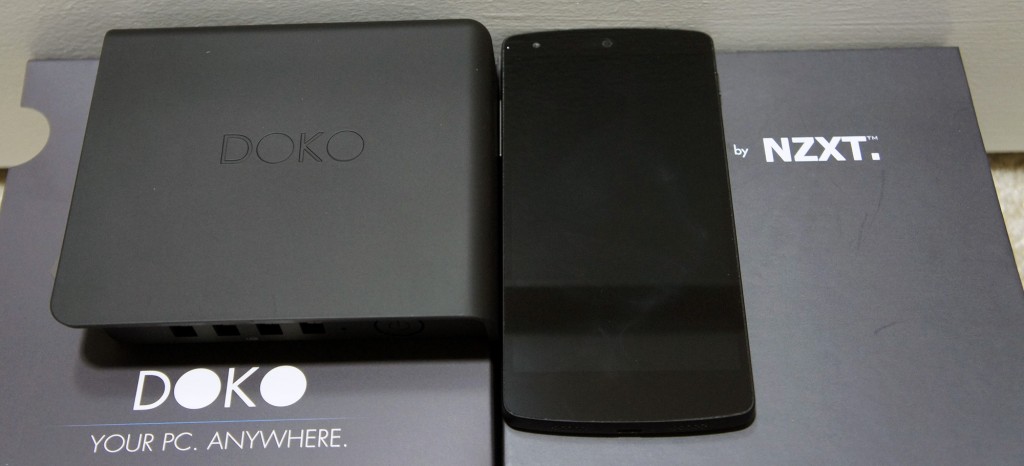steam machine
Review: NZXT DOKO
When I was planning for this year’s CES (2015), NZXT told me they were setting up meetings, but only had one new product they’d be showing. They wouldn’t tell me what it was or what it did, only that I’d see it when I visited their suite.
I arrived at NZXT’s suite and saw they had a television hooked up to a small black box, which had a keyboard, mouse, and gamepad attached to it. They simply told me “this is the DOKO”, to which I replied “err… what is a DOKO?”
The NZXT DOKO is a device designed for streaming a PC to a television, and is aimed at replacing the living room media PC.
A small black box with a power button, HDMI out, 3.5mm audio out, Ethernet out, and 4x USB 2.0 in, the DOKO is a pretty sleek device. The specifications are below:
- Model Number – AC-DOKOM-M1
- Dimensions – W: 108mm H: 29mm D:121mm
- Weight – 0.32kg
- Included Accessories – Ethernet Cable, Power Cable
- CPU – Wonder Media 8750
- Memory –256MB DDR3
- Boot Storage – 8MB SPII Flash
- Network Connectivity – Gigabit Ethernet
- Video Output – HDMI 1.3 or higher
- Audio Output – Headphone Port
- Video Signal – 1080p @ 30FPS
- Power – 12V 2.5A DC Adapter
- Accessory Connection – 4x USB 2.0, USBOIP
- Materials – Rubberized Coating, ABS Plastic, PCB
- Color – Black
- UPC – 815671012241
- Warranty – 2 Years
The way the device works is fairly straightforward – the DOKO is plugged into a TV via HDMI, into the router via Ethernet (NZXT opted to not include a Wi-Fi option to avoid potential latency/bandwidth issues, and presumably lessen costs), and a keyboard/mouse/gamepad/USB-powered car battery/etc. via USB.
Once the DOKO is set up, the next step is to install the DOKO software on any PC you wish to use with your DOKO. The software is available on NZXT’s website, and has a fairly straightforward installation. From then on, the software runs in the background (similarly to a PLEX server) and makes it so the PC is available for DOKO streaming. The software also allows you to set up a password required in order to connect the DOKO to your PC, which is handy for preventing roommates or family members from accessing your PC during inopportune occasions.
With the software running on the PC, and the DOKO booted up, all there is to do is select the desired PC and remote in. The host PC will automatically detect any USB device plugged into the DOKO. At that point, you can do anything you normally would on your PC through the DOKO.
Unfortunately, the DOKO is limited to only 30 frames per second, though it does so at 1080p. This is fine for most tasks it was designed for, including watching movies (except for the Hobbit movies, Peter Jackson disapproves of the DOKO’s disappointing framerate). When it comes to gaming, gameplay is surprisingly smooth and doesn’t really have any noticeable latency. However, gamers might object to the framerate, since after all, 30 FPS is only for people on last-gen consoles, playability be damned! To them I say, go back to your room and play the games there, or get the new Nvidia Shield for twice the price of the DOKO.
The NZXT DOKO is a great product. At $99, it certainly allows you to do a lot more than you’d be able to do with a media PC that costs even twice as much (assuming you have a solid PC at home already). The device is small, a breeze to set up, and easy to use. Personally, I’ve been using it in conjunction with Logitech’s K830 wireless keyboard, which makes the DOKO extremely convenient for couch use.
Overall, I’d recommend the DOKO to anyone looking to get a living room PC of any sort, as long as they have a solid PC elsewhere in the household that they can stream from.
Steam Machines to Officially Launch in 2015
Valve has been talking about their Steam OS platform since 2013, we discussed it at length here. At CES 2014, it was the talk of the town, with many OEMs promising to release Steam Machines (defined as gaming PCs designed for living room use running Steam OS and utilizing the as yet unreleased Steam Controller) within the coming months after CES.
Later in 2014, it turned out that Valve had not yet finalized its controller design nor had it finished the Steam OS; as of the time of this writing, Steam OS is still in beta. Many system builders opted to release their systems as regular gaming PCs designed for living room use, and they opted to run Windows and include Steam with Big Picture mode enabled, along with a bundled Xbox 360 controller.
However, despite silence from Valve over the recent months, it has been confirmed by multiple sources that Steam Machines will have an official launch at GDC (the Game Developers Conference) in early March of 2015. The Steam Controller design has been finalized, and Steam OS is apparently ready to come out of beta. Multiple PC boutique builders are already ready to launch a variety of products designed from the ground up as Steam Machines.
What this means for Microsoft is that they'll have some new competition to face when Windows 10 comes out later this year. Valve is working quickly to bring games to Linux systems such as Steam OS, and PC builders might opt to go for Steam OS for gaming focused PCs in order to save money by not having to purchase a Windows license.
This is also an issue for Microsoft on the hardware front, as many of the Steam Machines will aim for a $500 price point, designed to compete with the Sony PS4 and Microsoft Xbox One.
Whether Valve will be successful in pushing Steam Machines is yet to be determined, but while everyone expected 2014 to be the year of Steam Machines and Steam OS, it obviously didn't happen, but 2015 is now confirmed.
We don't have any details yet on the finalized Steam Controller design, but we'll update this article as soon as we do (although it might unfortunately not be until official release at GDC).
